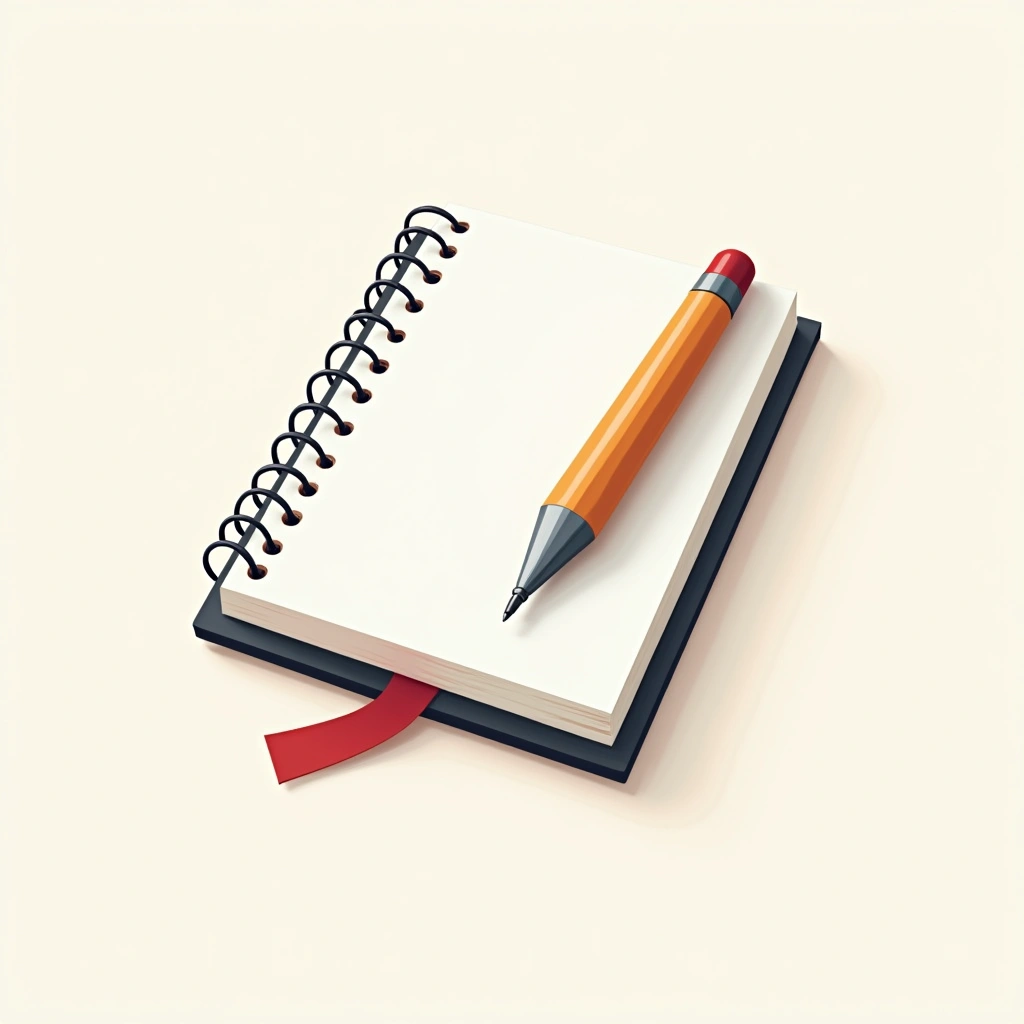
Write Morning Pages
Begin each day by writing three pages of longhand, stream-of-consciousness writing immediately after waking. This practice clears mental clutter and makes room for creative insights before external demands intrude.

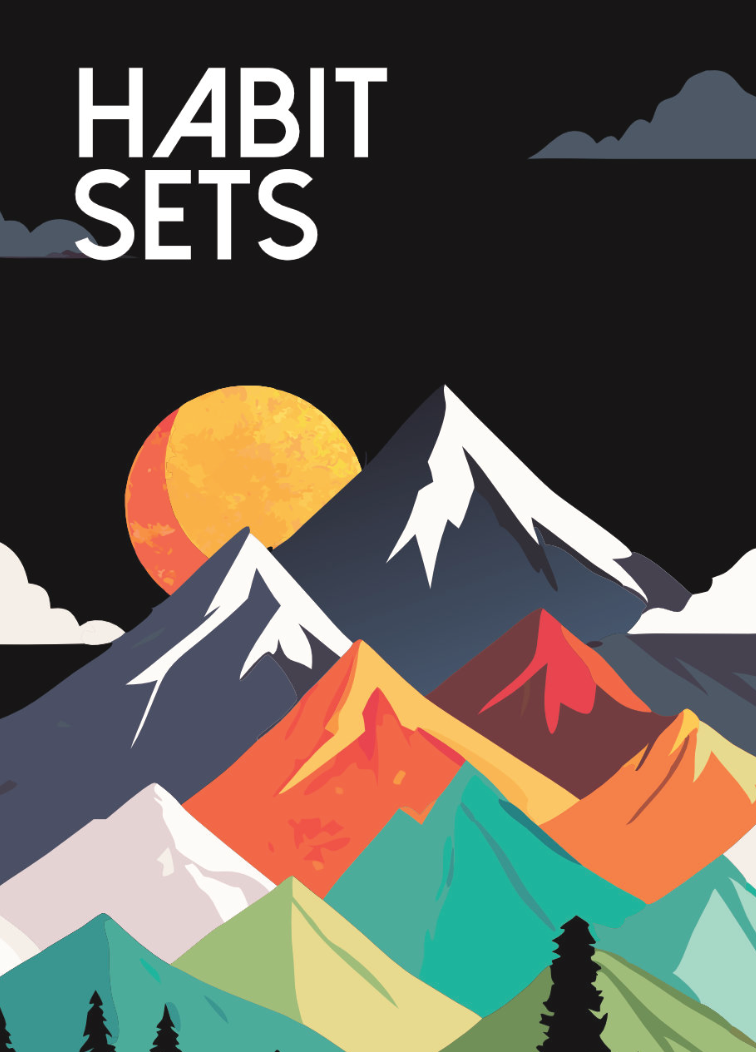
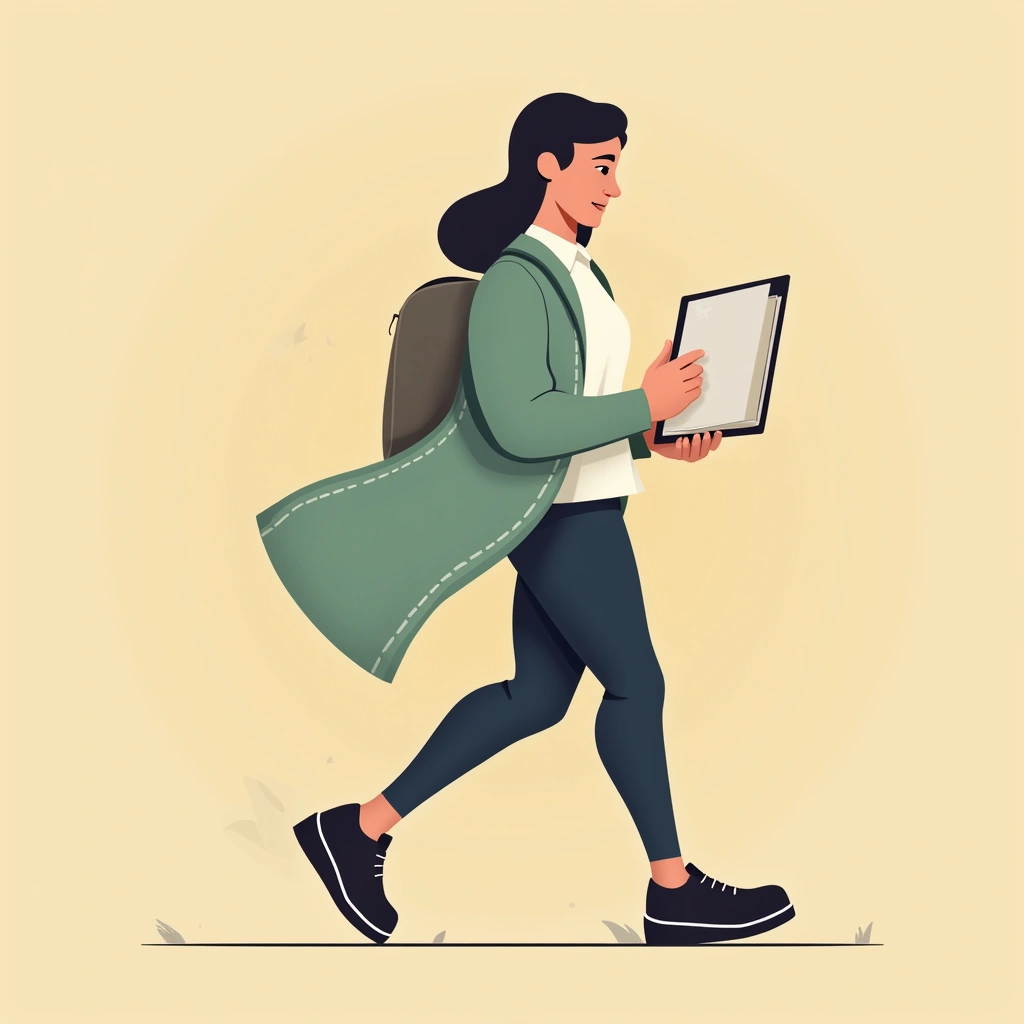
Take Inspiration Walks
Step away from your workspace to walk outside with a notebook, allowing movement to stimulate creative thinking. Physical activity combined with changing environments sparks fresh perspectives and unexpected connections.


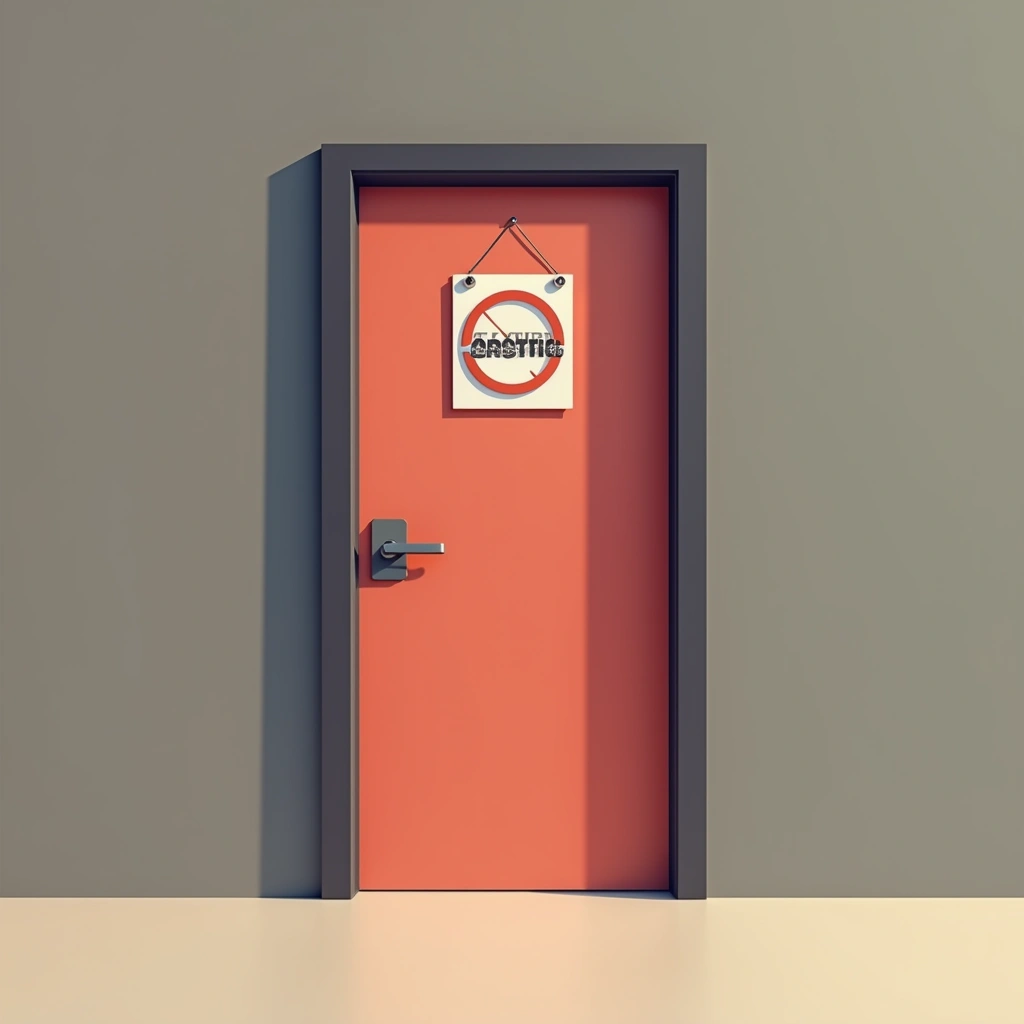
Cultivate Creative Solitude
Regularly schedule extended periods of uninterrupted alone time without external stimuli or social interaction. This deliberate isolation creates space for deep focus and connection with your authentic creative voice.



Create Visual Mind Maps
Organize thoughts visually using mind maps that mirror how neurons connect in the brain. This technique helps generate new connections between ideas and improves memory retention of creative concepts.


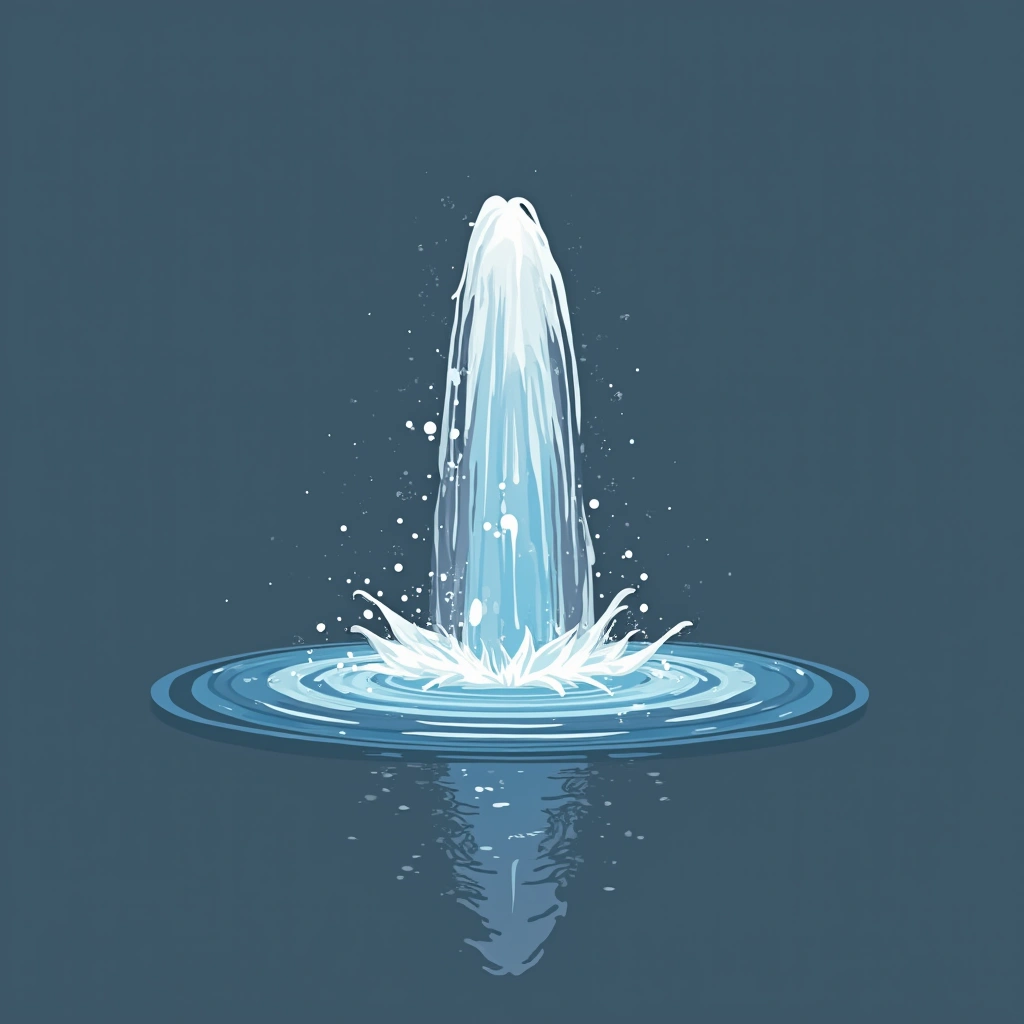
Commit to Creative Abundance
Make a conscious decision to create in large quantities rather than focusing on perfection. This energizing mindset connects to your natural creativity and overcomes creative blocks.


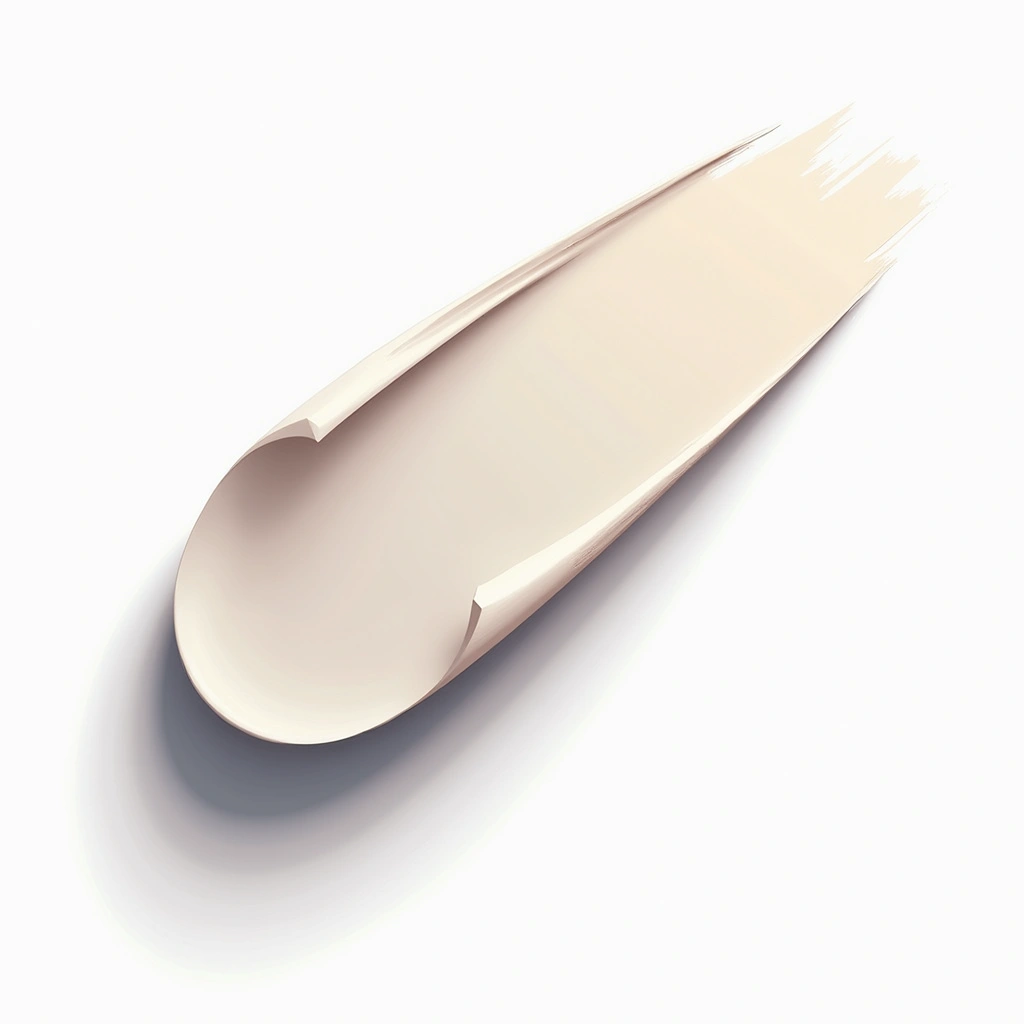
Begin Without Overthinking
Initiate creative work without waiting for perfect conditions or complete clarity. This habit bypasses analysis paralysis and builds momentum through action rather than contemplation.


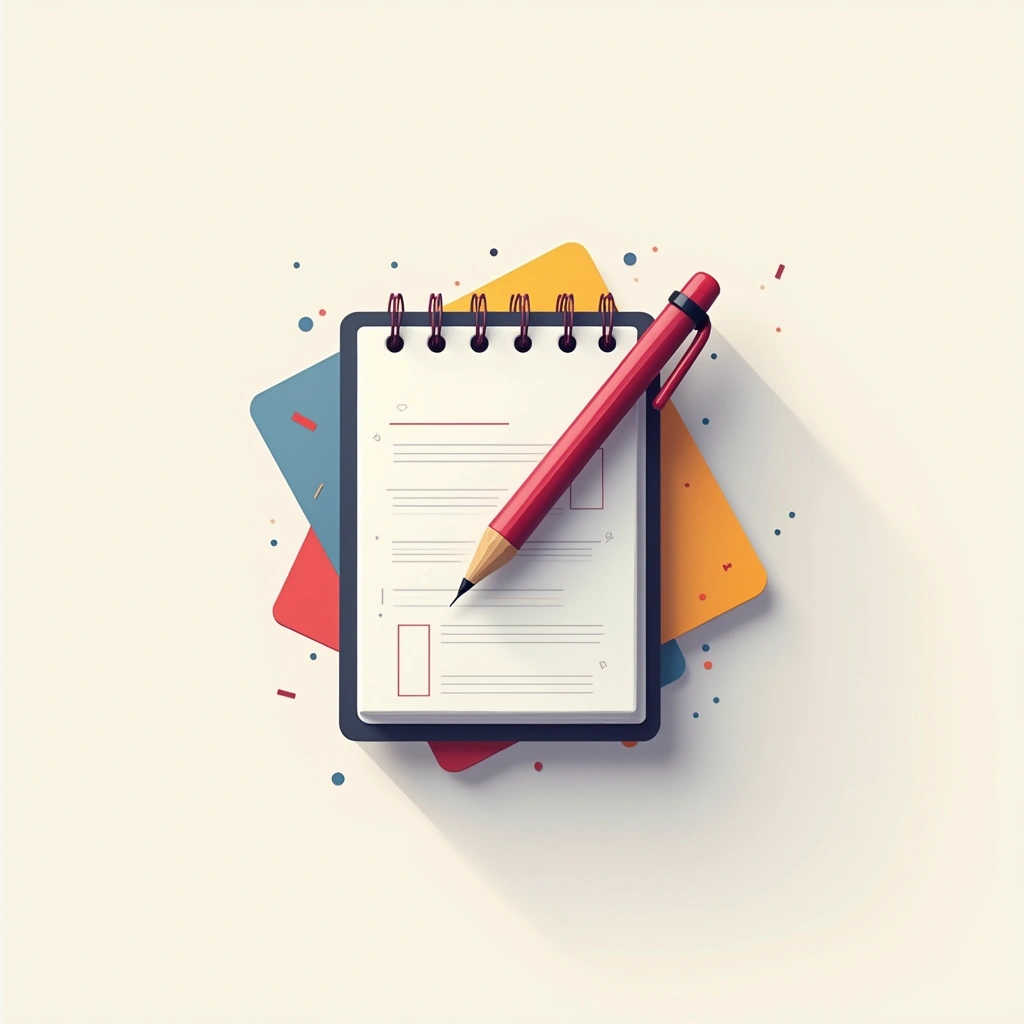
Capture All Ideas
Keep a dedicated idea-capturing system—notebook, app, or voice recorder—with you at all times. Recording fleeting thoughts prevents losing potentially valuable creative insights and frees mental bandwidth.


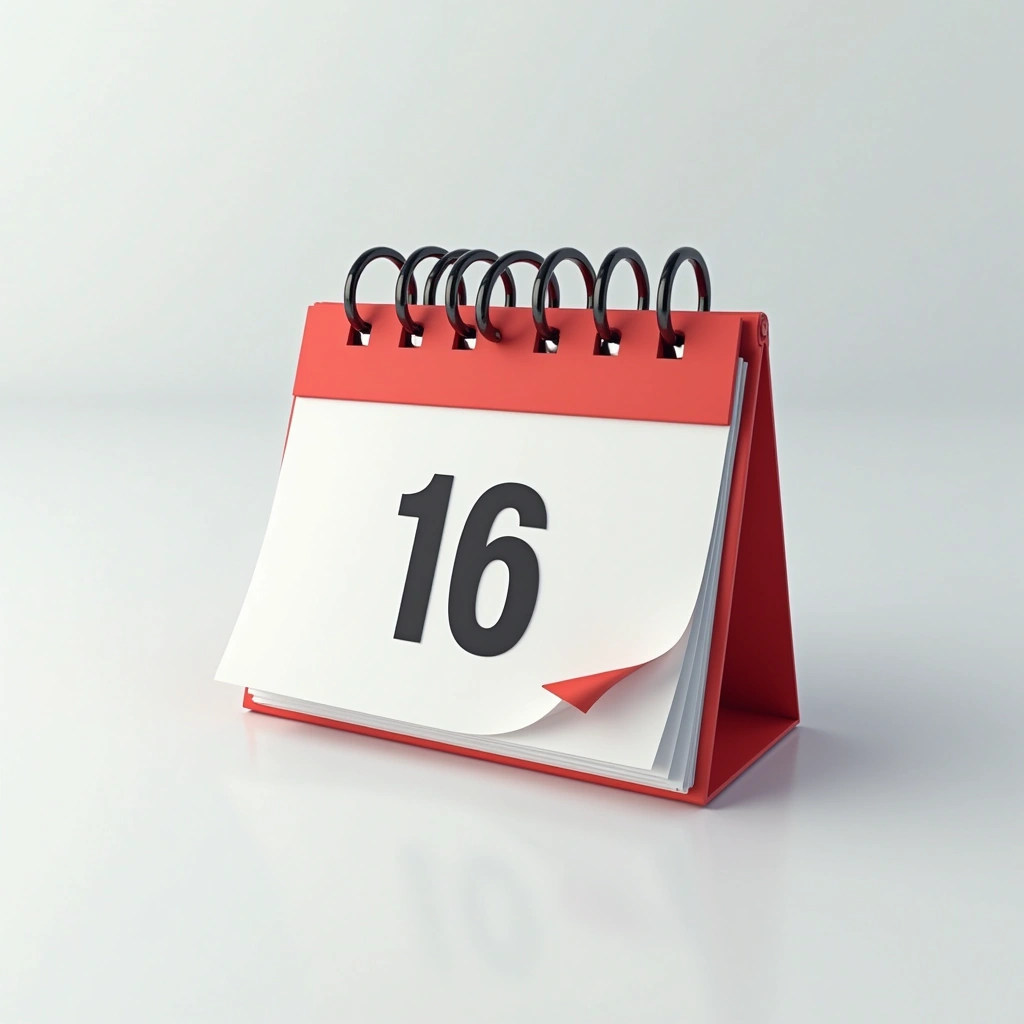
Schedule Creation Time
Block dedicated time in your calendar specifically for creative work, treating it with the same importance as meetings or deadlines. This structured approach ensures creativity isn't relegated to 'when there's time left.'


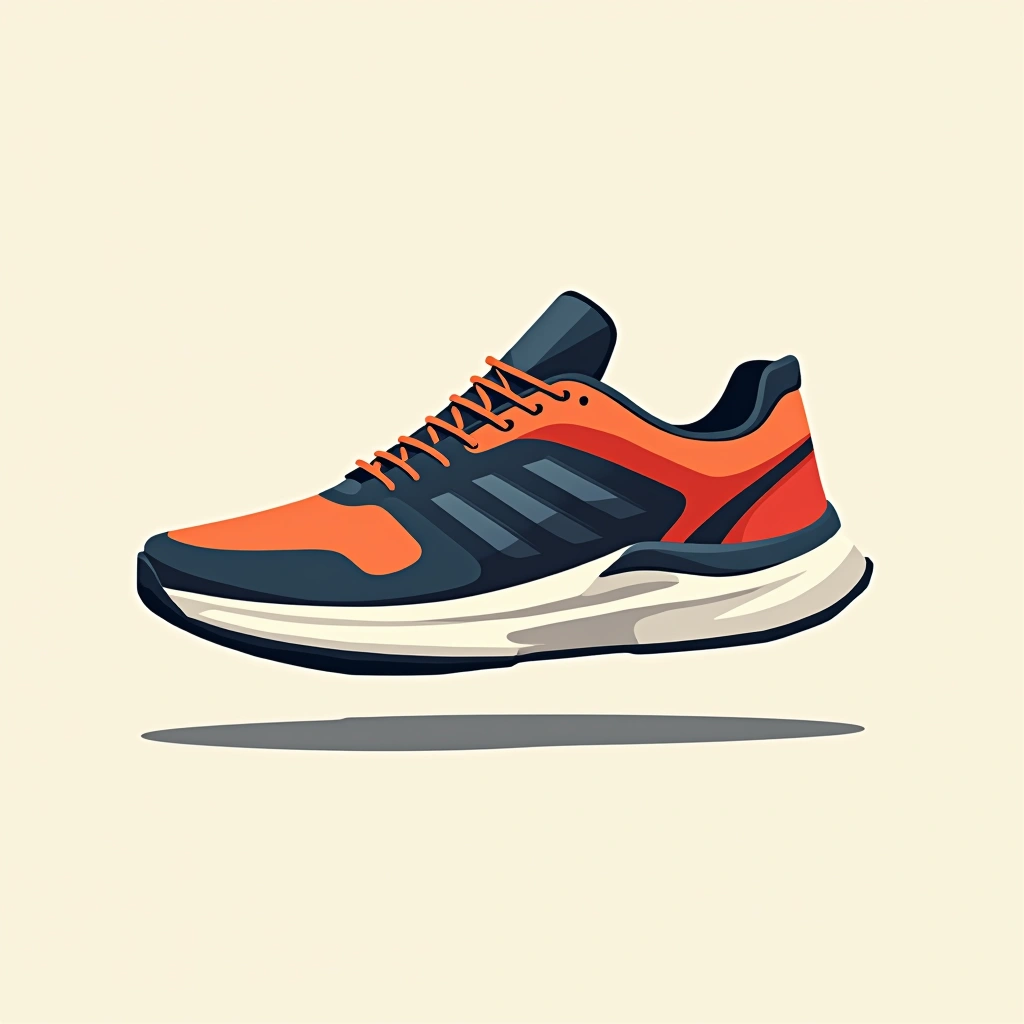
Exercise for Creativity
Incorporate regular physical movement into your routine through walking, yoga, swimming, or other activities. Exercise stimulates brain function while providing valuable disconnected time from devices.


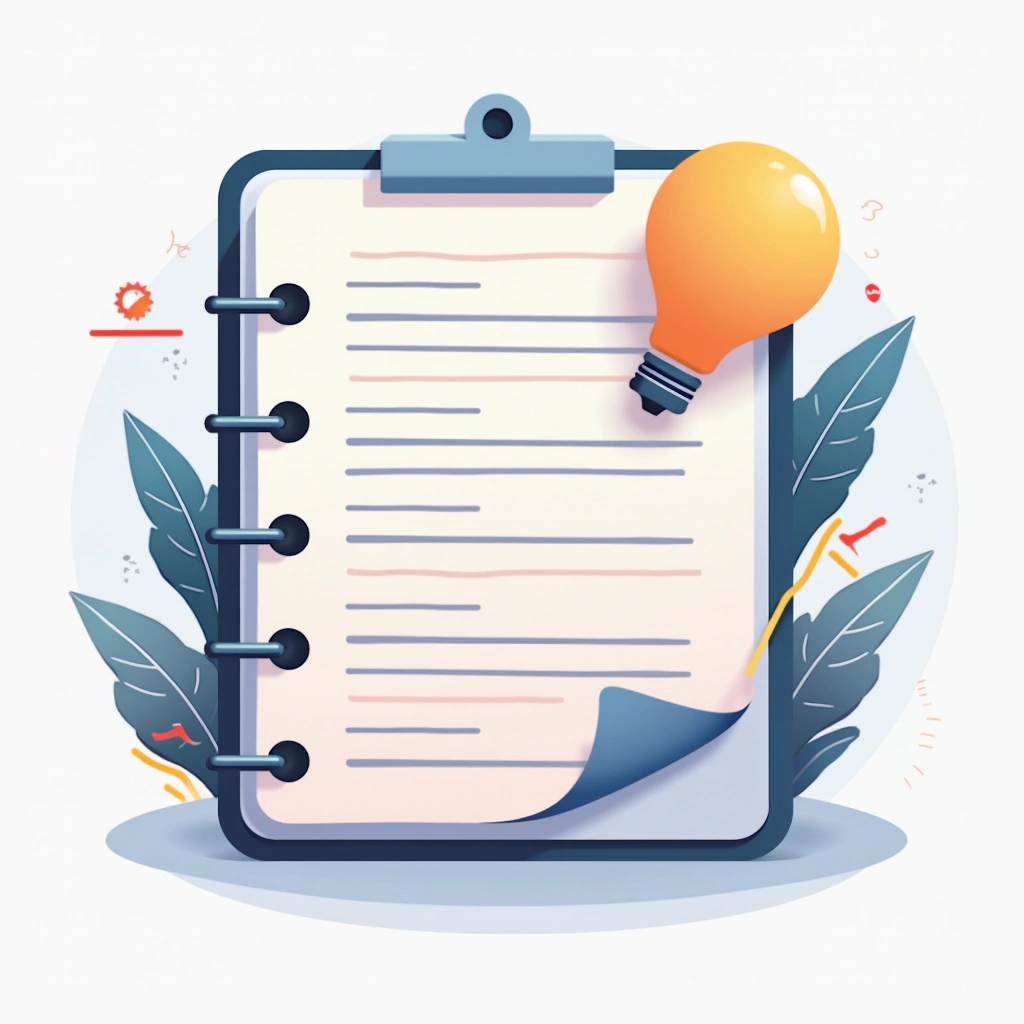
Maintain Disciplined Routines
Establish and rigorously follow a structured daily schedule that includes specific times for creative work. This disciplined approach creates productive constraints and eliminates decision fatigue about when to create.



Rise Before Dawn
Begin your day before others are awake to capture the quiet, undistracted morning hours for creative work. This early start aligns with natural high-energy periods and prevents creative time from being displaced by daily demands.


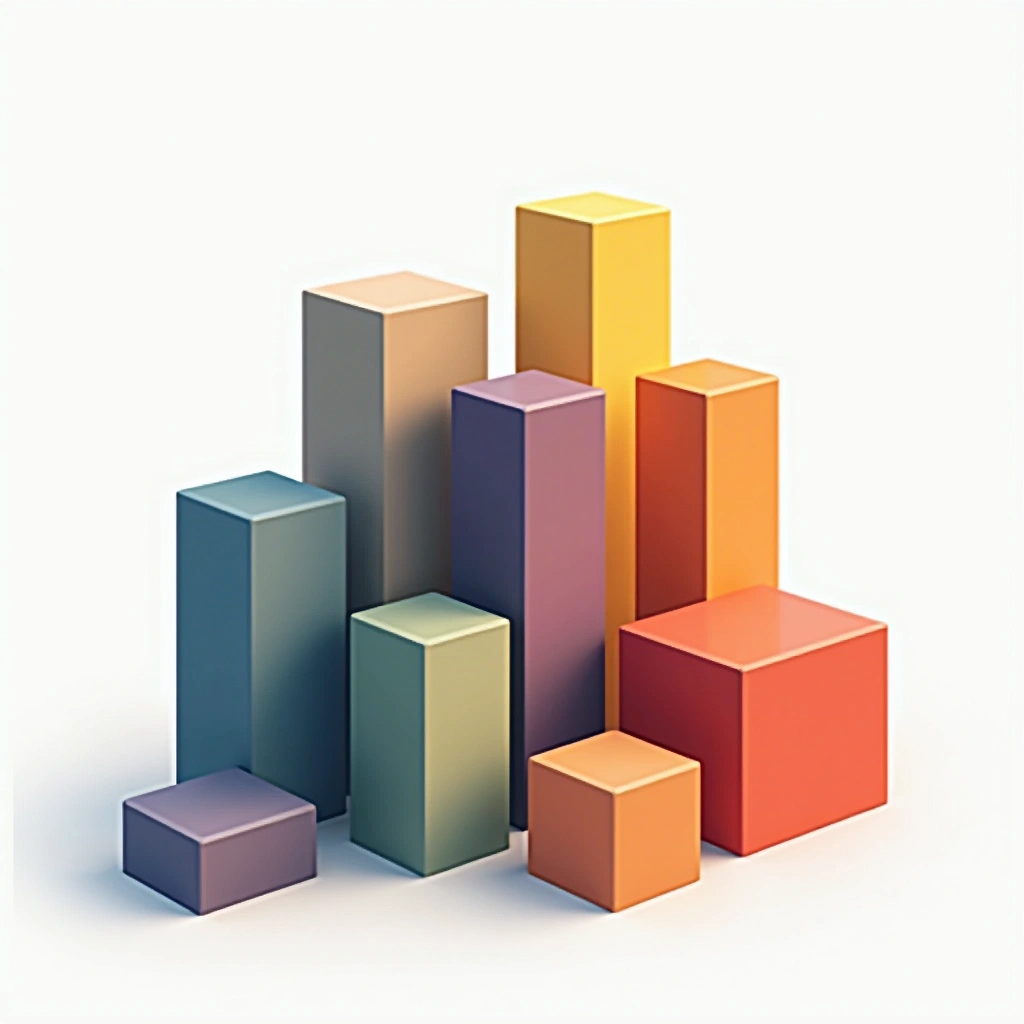
Start With Playful Exploration
Begin creative projects with a designated period of experimental play without judgment or structure. This playful phase reduces pressure and generates unexpected directions before committing to a specific approach.



Read Challenging Material
Regularly read books or articles that stretch your thinking and expose you to new ideas outside your comfort zone. This practice feeds your creative mind with diverse perspectives and sparks unexpected connections.


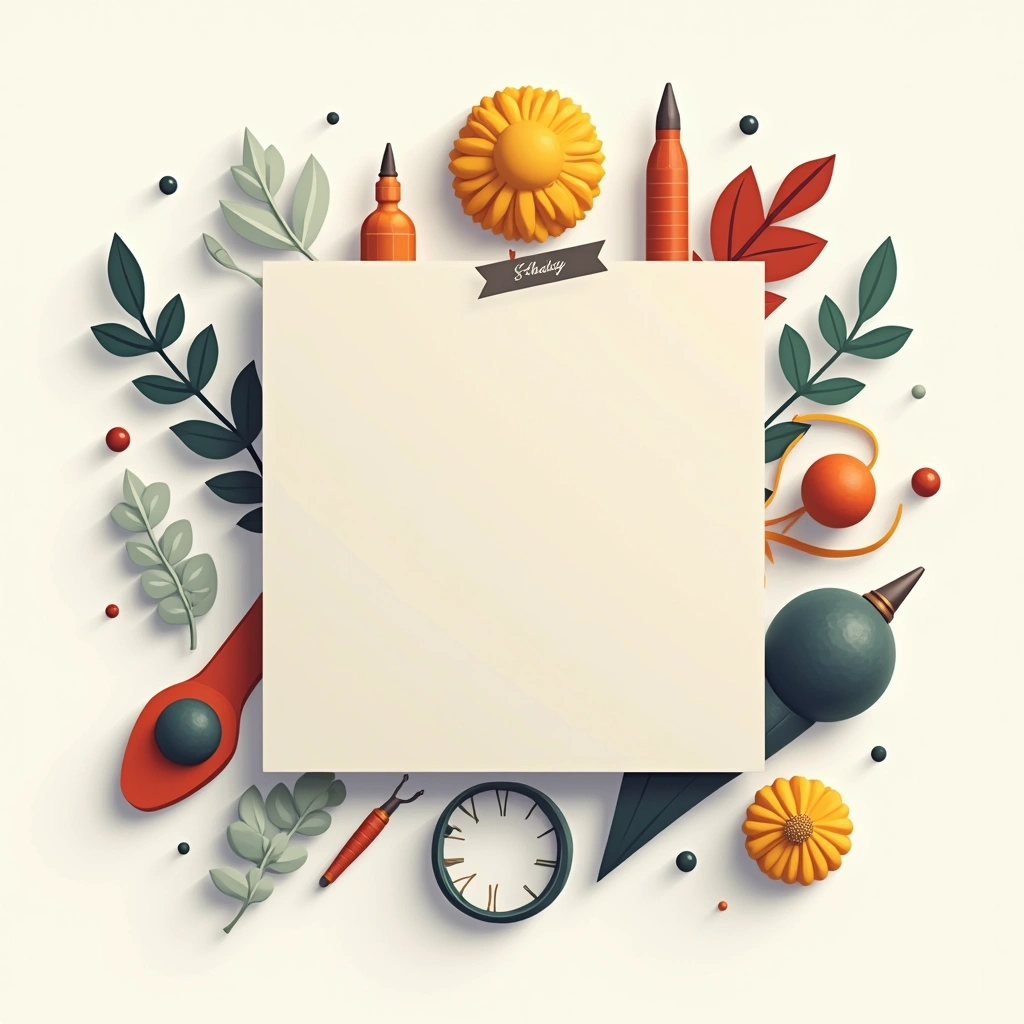
Curate Inspiration Collection
Systematically collect and organize inspiring content—quotes, images, articles, videos—in digital or analog form. This personal library serves as a creative wellspring when facing blocks or needing fresh perspectives.


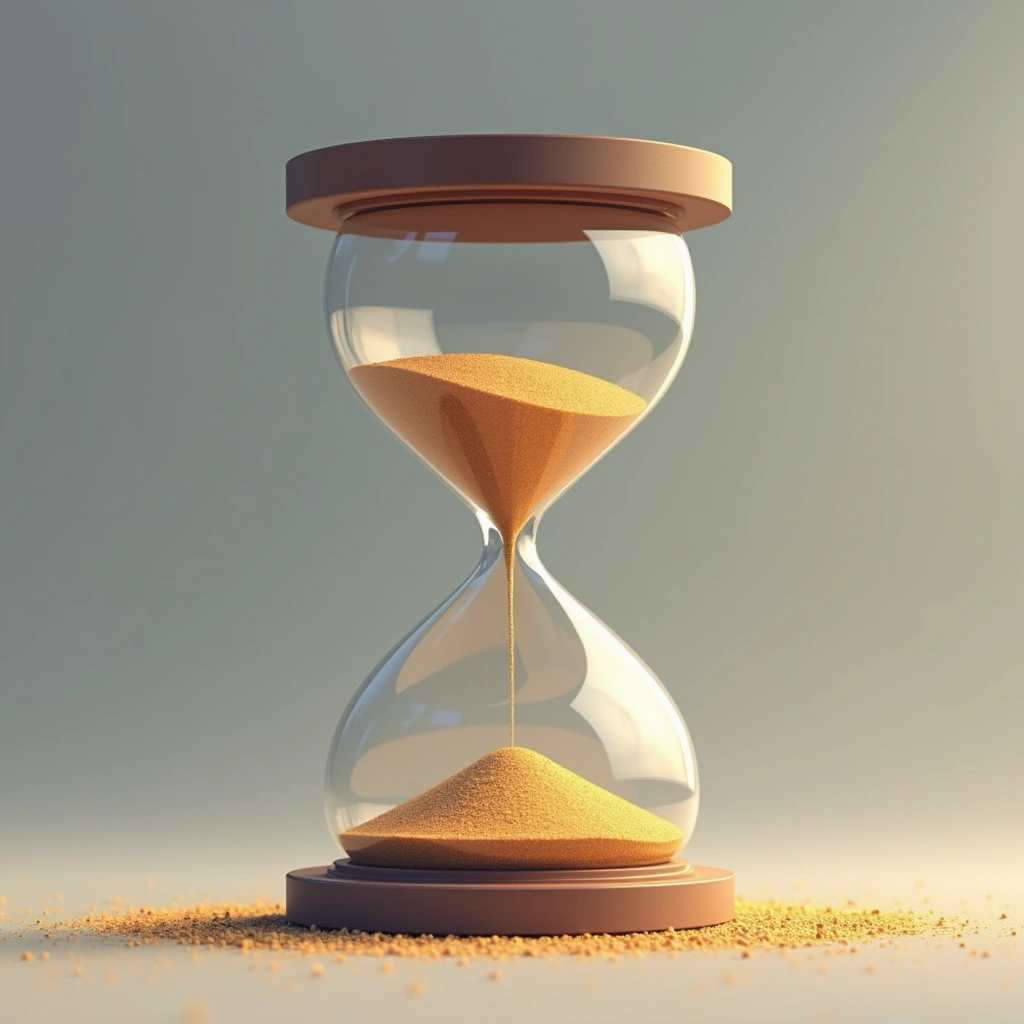
Allocate Extended Creation Blocks
Set aside large, uninterrupted time blocks for creative work rather than short fragmented sessions. Extended time allows for deeper immersion and progression through initial resistance to more innovative thinking.


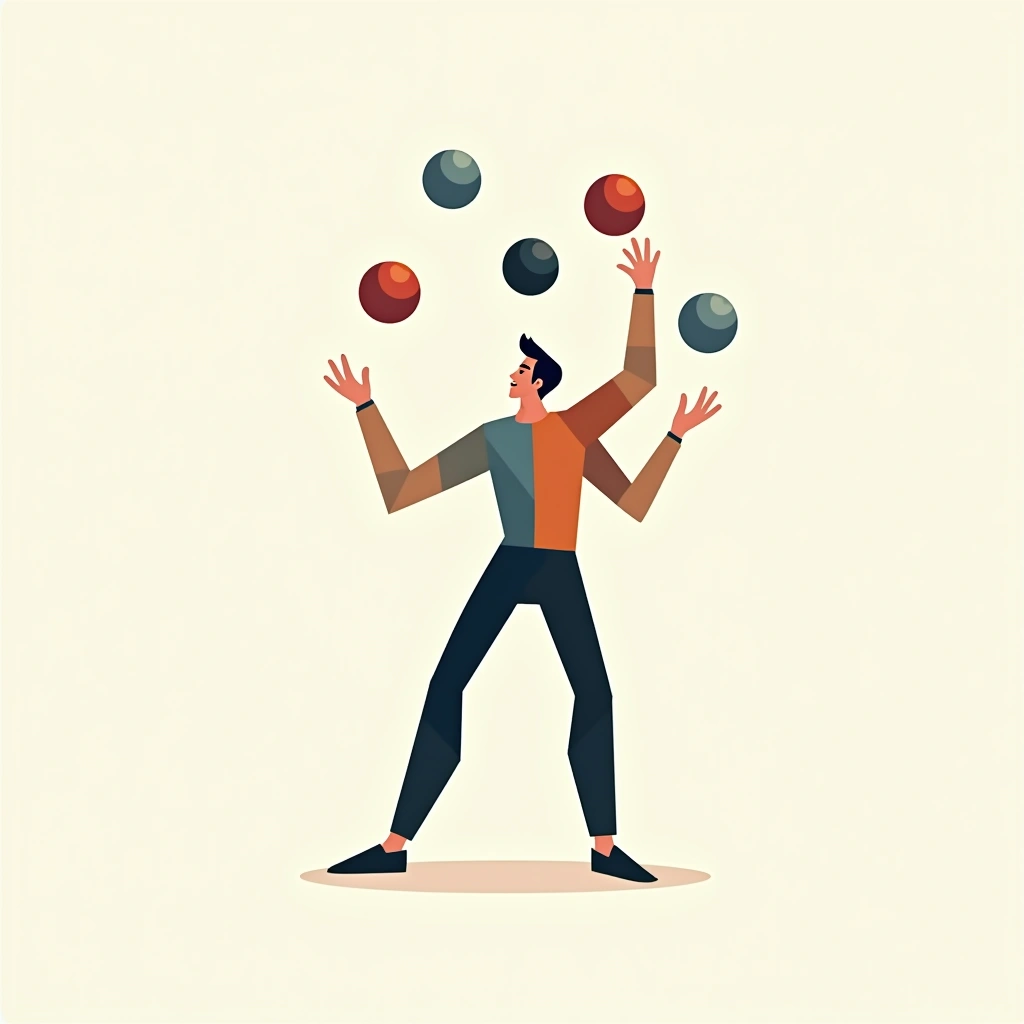
Maintain Parallel Projects
Simultaneously advance several creative projects at different stages rather than focusing on just one. This approach prevents getting stuck and allows for cross-pollination of ideas between different works.



Embrace Constant Experimentation
Regularly try new techniques, materials, or approaches outside your established patterns. Deliberate experimentation prevents creative ruts and discovers innovative methods that wouldn't emerge through planning alone.


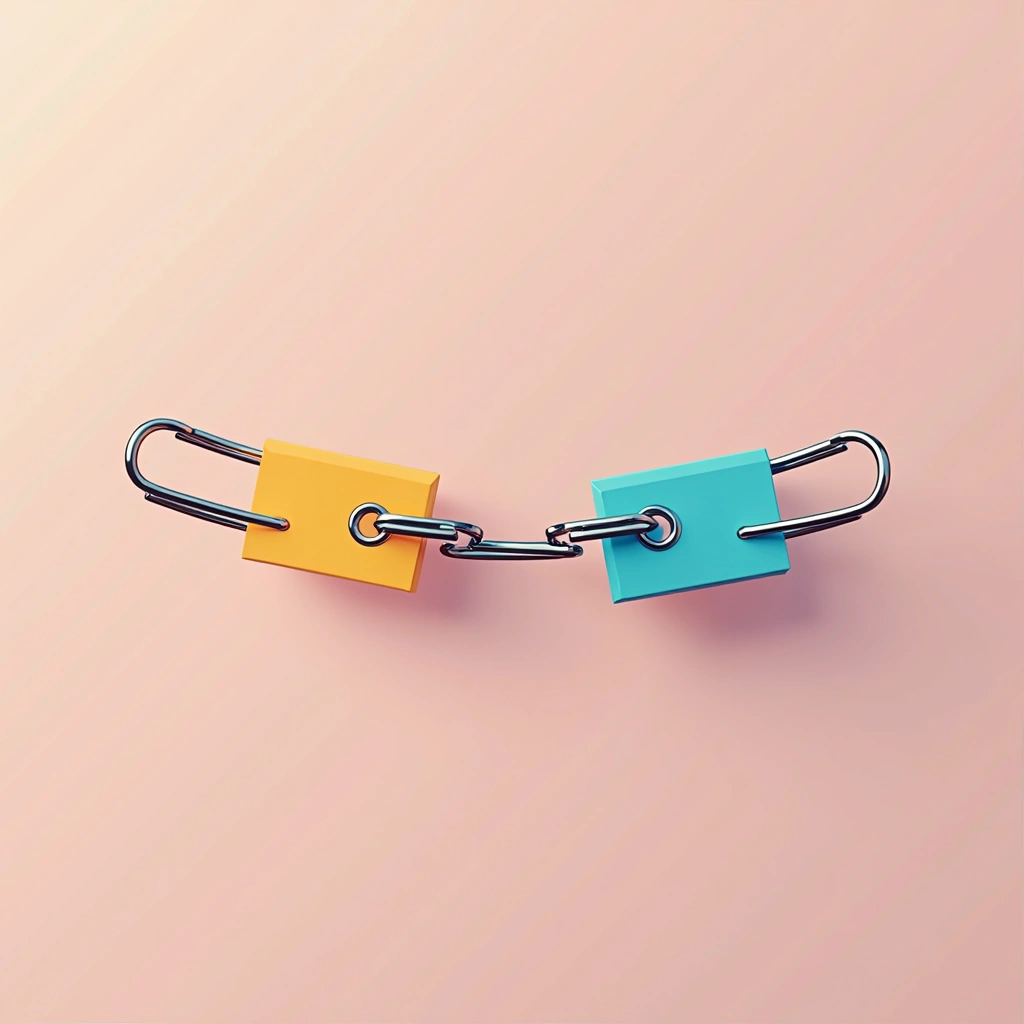
Practice Daily Consistency
Engage with your creative practice every single day, even if only for 15 minutes. This consistent discipline builds skill through compound effects and maintains creative momentum regardless of inspiration levels.



Observe Human Behavior
Regularly spend time in public spaces attentively watching how people interact, move, and express themselves. This observational practice provides authentic character insights and behavioral patterns for creative work.



Take Music Movement Breaks
Interrupt creative sessions with brief, energetic movement to upbeat music. These physical breaks shift your mental state, release tension, and reactivate creative thinking through embodied experience.


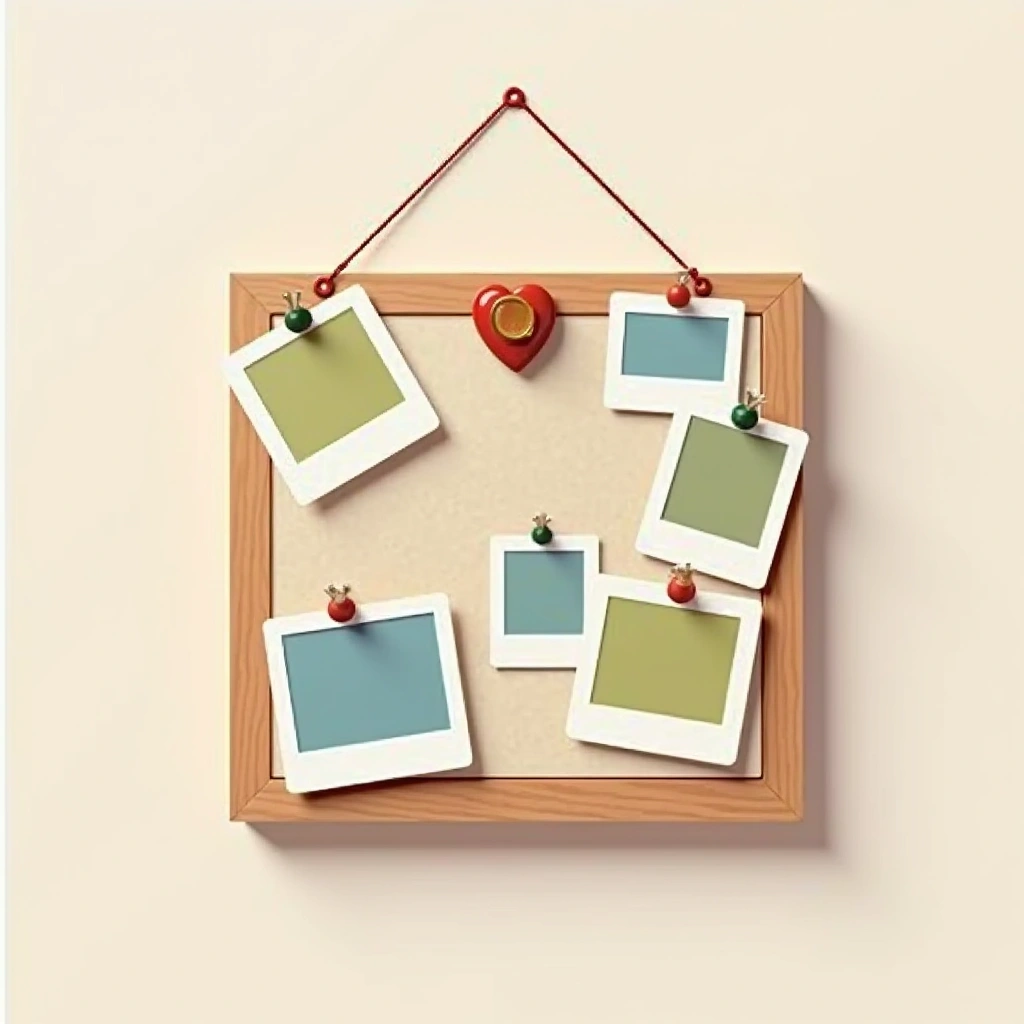
Craft Inspiration Boards
Assemble physical or digital collages of images, quotes, and materials that visually represent your creative aspirations. These tangible vision boards serve as constant visual inspiration and clarify aesthetic or conceptual directions.


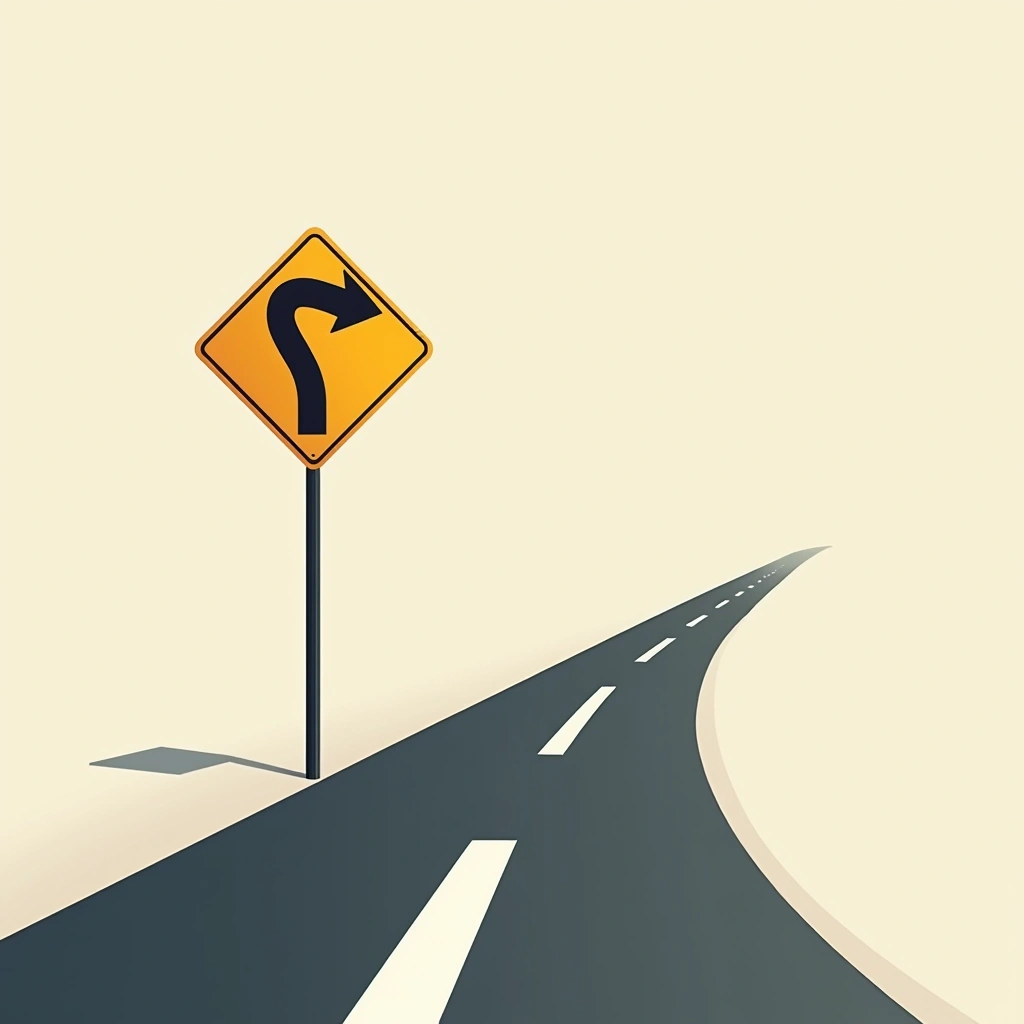
Disrupt Regular Patterns
Periodically alter your normal routine—work in new locations, change your schedule, or use different tools. These deliberate disruptions prevent habitual thinking and expose you to novel stimuli that spark creativity.


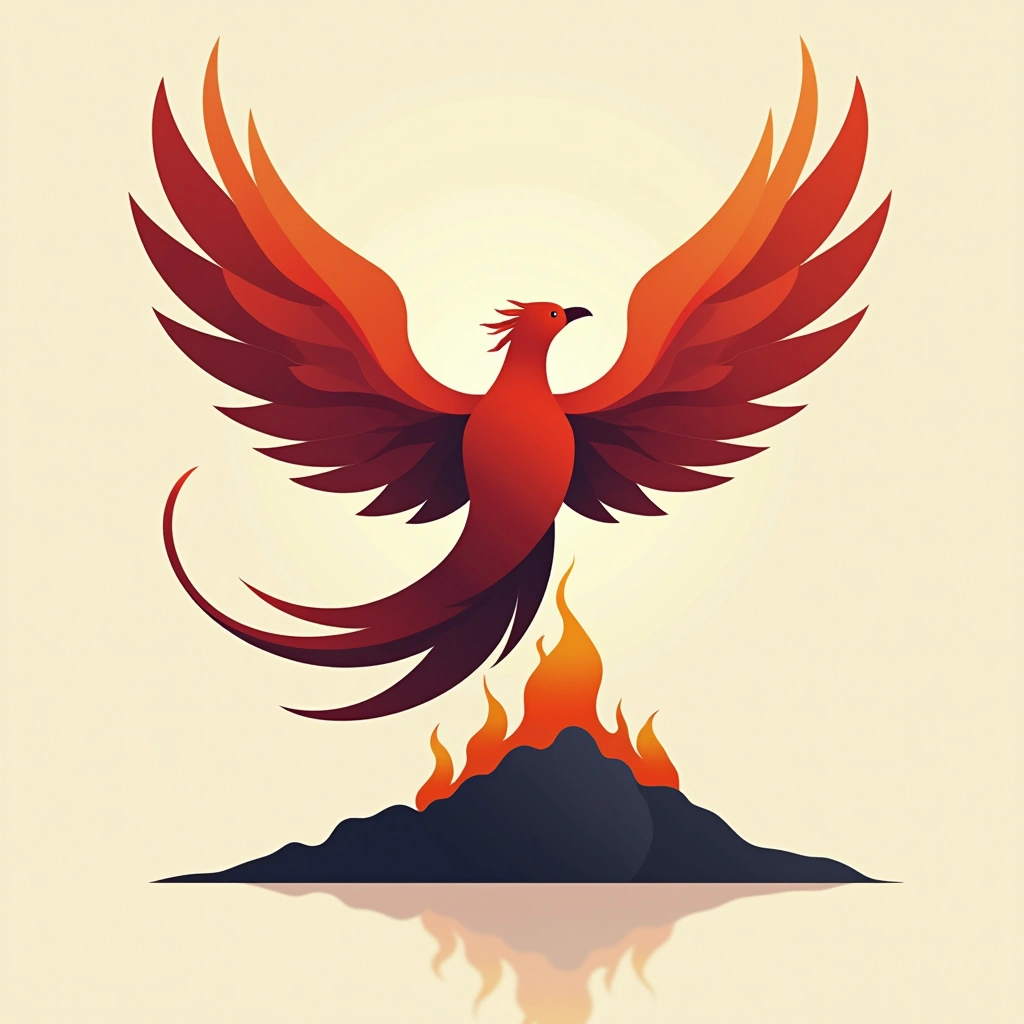
Embrace Creative Failures
Consciously reframe creative missteps as valuable experimental data rather than personal shortcomings. This mindset encourages bold risks and prevents perfectionism from stifling innovative attempts.



Seek Trusted Feedback
Regularly share works-in-progress with select individuals whose judgment you trust and who understand your creative goals. This external perspective identifies blind spots and strengthens ideas through articulation and dialogue.



Cultivate Daily Curiosity
Make learning something new every day a priority through reading, observing, or experimenting. A curious mind creates fertile ground for unexpected creative connections and fresh perspectives.


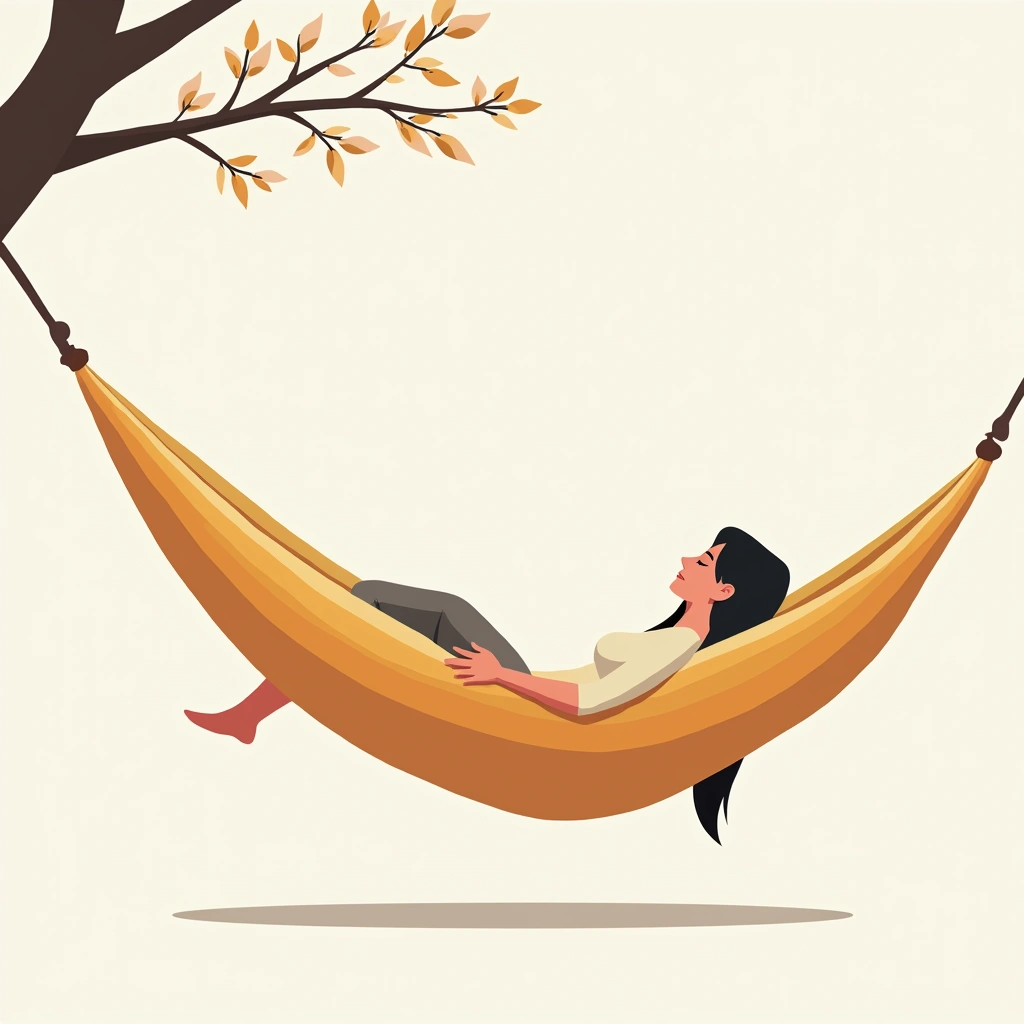
Schedule Deliberate Daydreaming
Set aside short periods throughout your day for unstructured mental wandering without judgment or purpose. This practice counters productivity culture by allowing your mind to make unexpected creative connections.


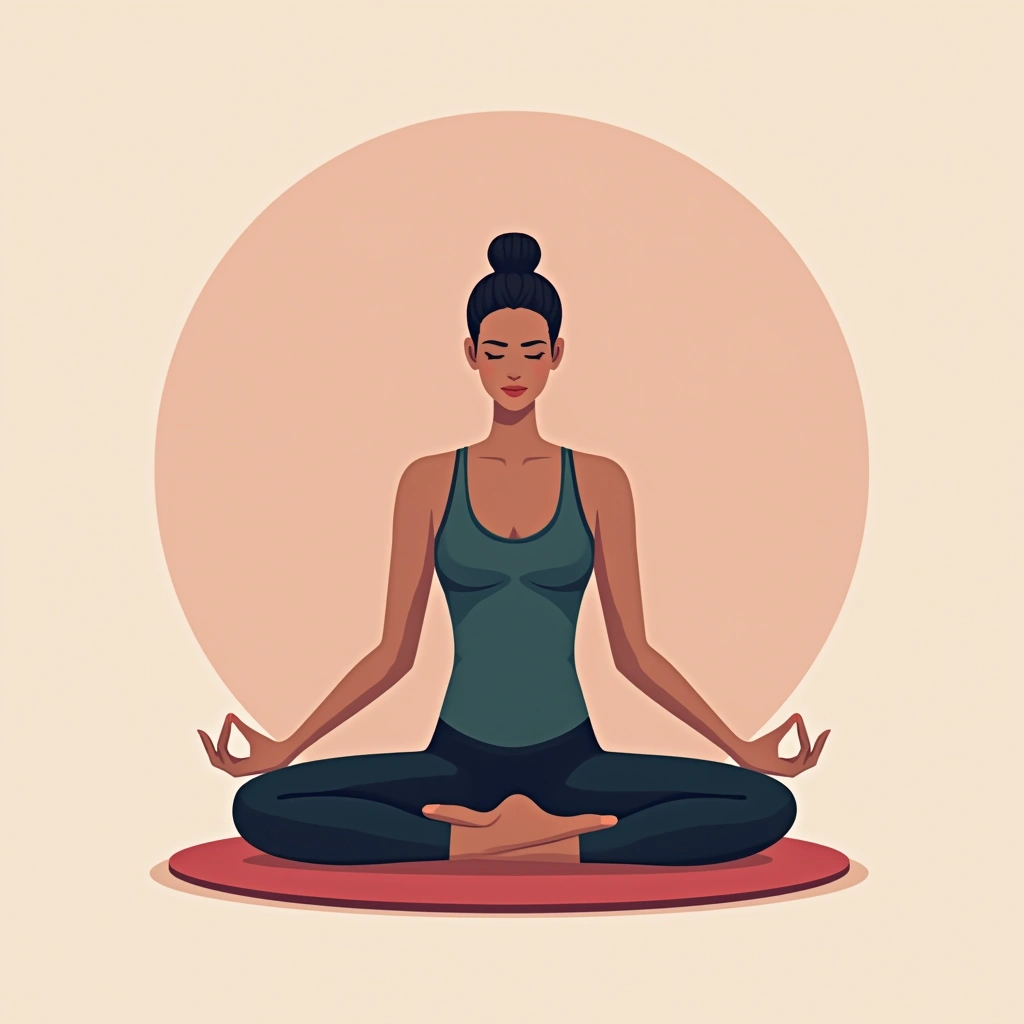
Practice Daily Meditation
Incorporate regular meditation sessions to quiet the critical mind and increase awareness of mental patterns. This practice increases access to the brain states associated with creative insights and mystical experiences.


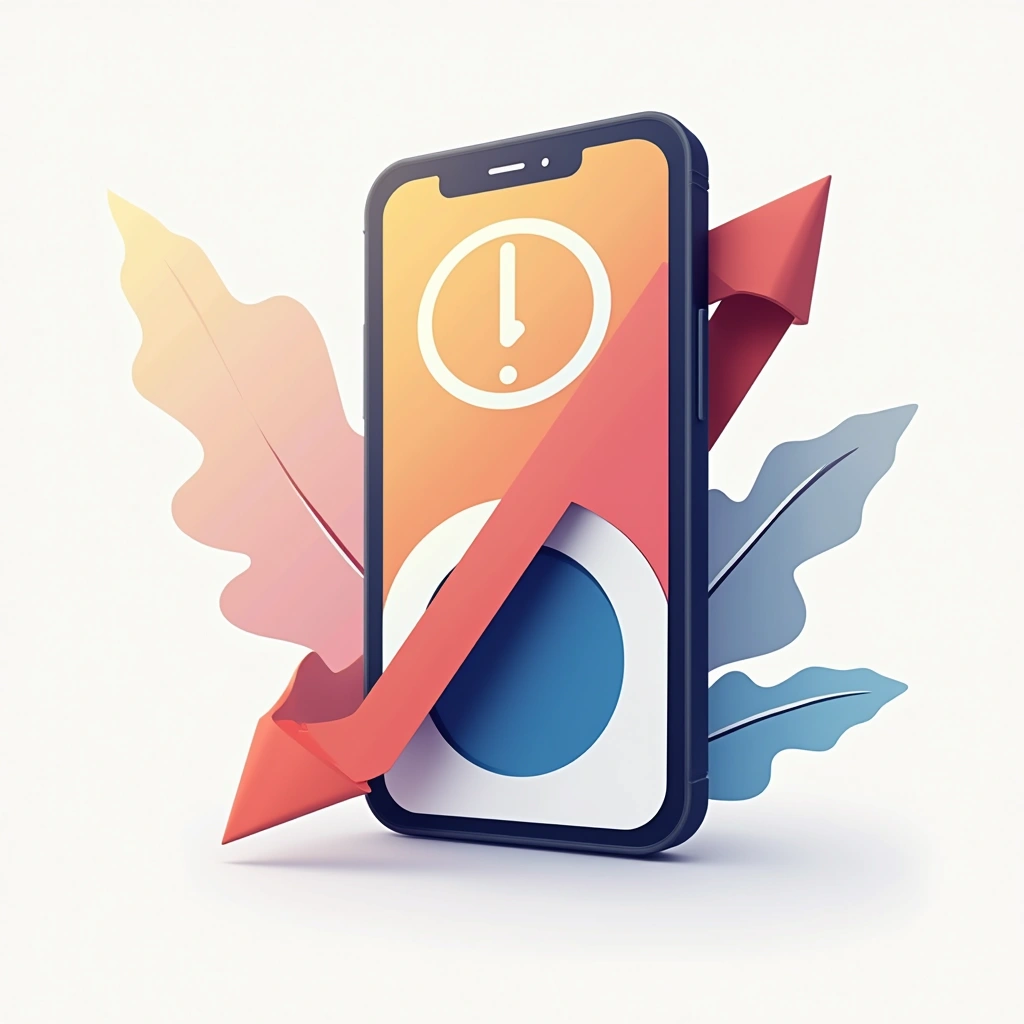
Schedule Digital Detoxes
Regularly disconnect completely from all electronic devices for designated periods. These intentional breaks from digital stimulation allow your brain to process existing information and generate original thought patterns.


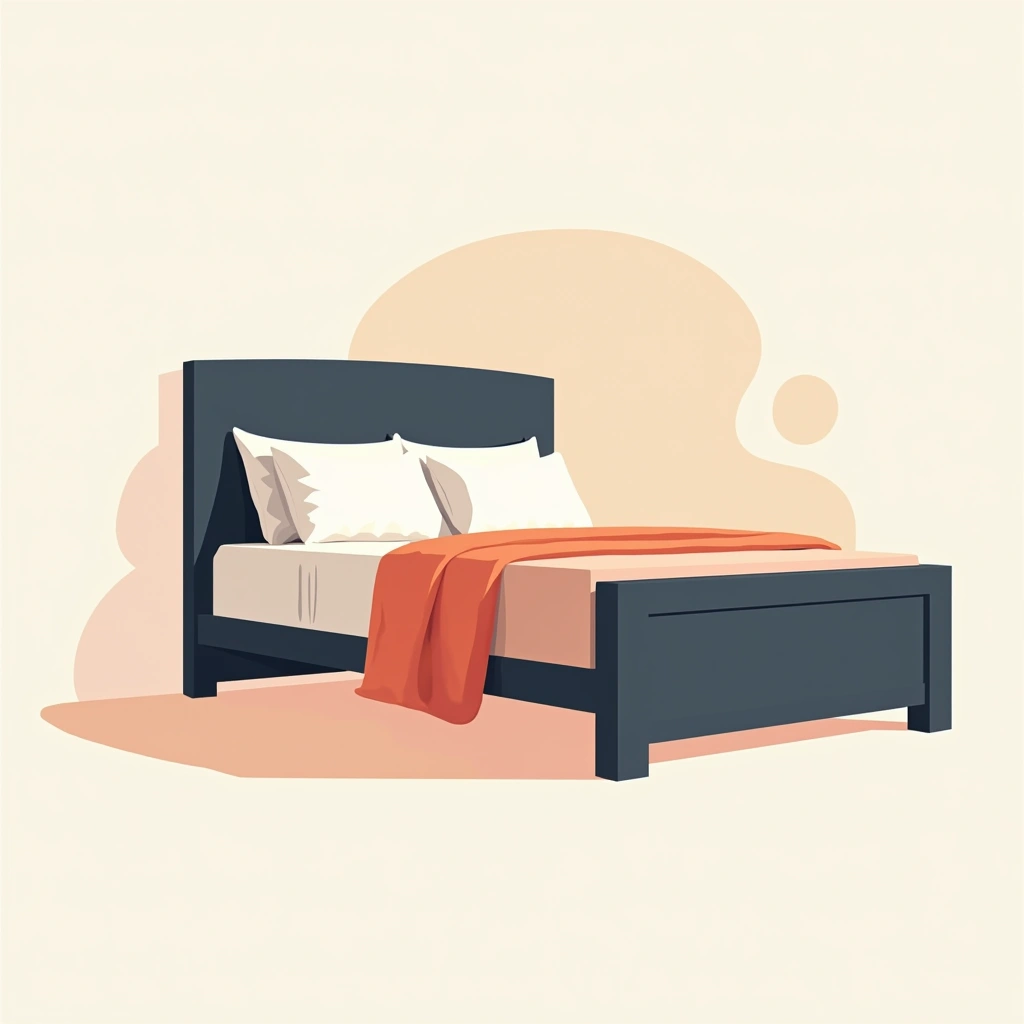
Prioritize Restorative Rest
Ensure adequate sleep and incorporate intentional rest periods into your creative practice. This rejuvenation prevents cognitive depletion and allows the unconscious mind to process complex creative problems.


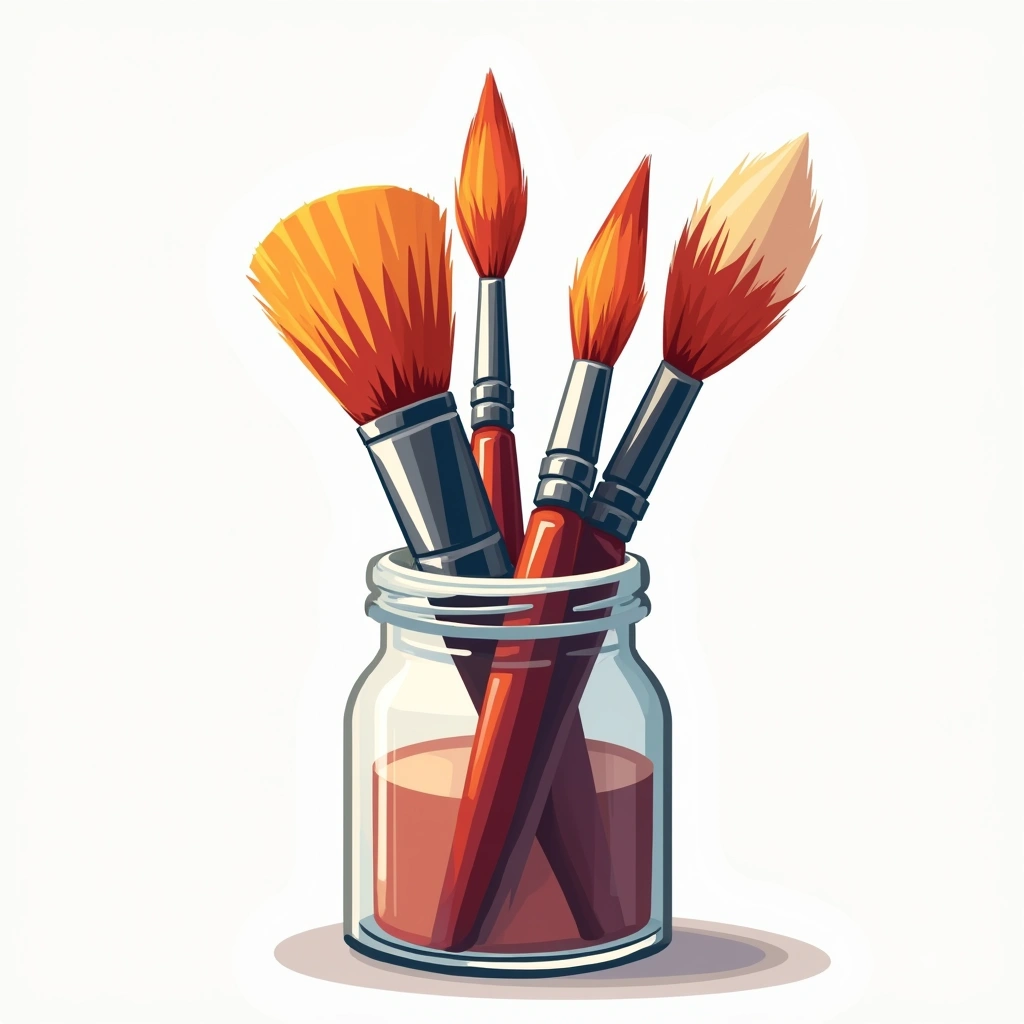
Use Tangible Creative Tools
Regularly step away from digital devices to engage with physical creative tools like paints, clay, or musical instruments. This tactile engagement activates different neural pathways and sensory experiences than digital work.

